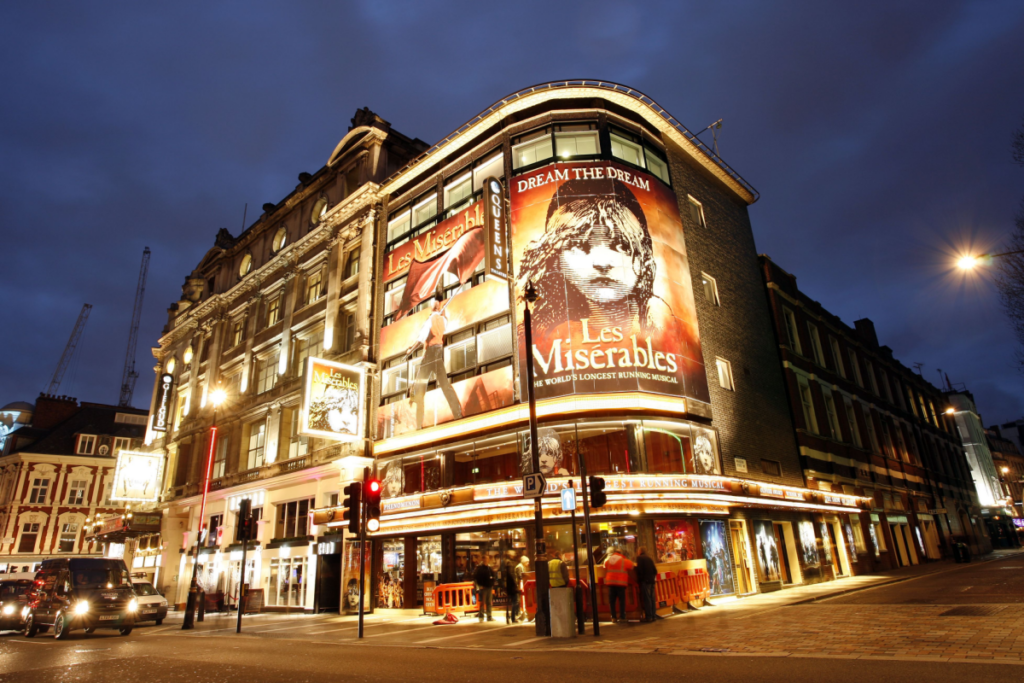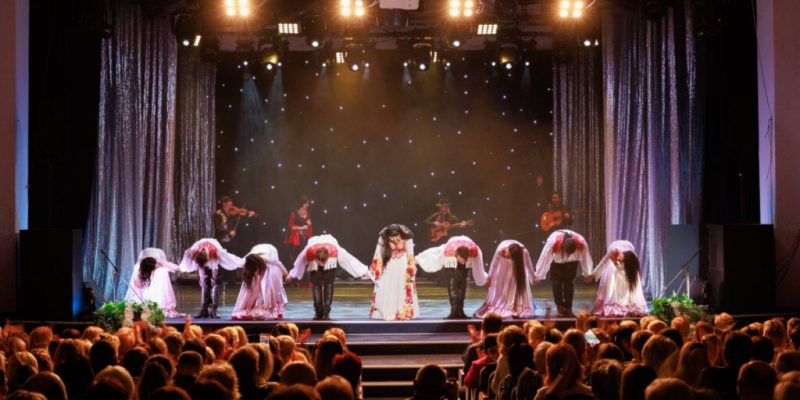The theater is a unique experience, both for the artists and for the public. Each representation has its own emotions, achievements, and vicissitudes. Indeed, it’s no coincidence that theater is one of the oldest and most universal expressions of humanity.
Although theatrical performances took place in almost all cultures, they first became popular in Ancient Greece. Ever since then, the symbol of theater has been two masks, one laughing, representing comedy, and the other crying, symbolizing tragedy.
The Greeks thought that Thalia was the muse of comedy as she loved parties, revelry, laughter, and music. Melpomene was the muse of tragedy. It was said that, although she had everything, she couldn’t be happy. Greek tragedies are such a complete and wonderful expression of the human condition that they continue to fascinate today. Let’s look at some other curious facts about theater.
“Life is a play that does not allow testing. So, sing, cry, dance, laugh, and live intensely, before the curtain closes and the piece ends with no applause. ”
-Charles Chaplin-
Curious facts about the theater throughout history
The first theater was in Greece. It was made of stone and dedicated to the god, Dionysus. It was divided into three parts: the stage, a place for the orchestra, and a place for the public. The Greeks clapped and cheered at the end of a play. The Romans did the same, but they also waved the ends of their togas or a special ribbon that was given to the public for that purpose.
Theater experienced a decline with the beginnings of Christianity. It was viewed with suspicion and, for a long time, public performances were prohibited. However, this changed with the appearance of the Passion Plays which transmitted religious messages.
At first, theatrical works could only be exhibited in churches. Later, they were allowed to take place in public squares. Nevertheless, well into the 18th century, the acting profession was considered infamous. In fact, actors were prohibited from holding certain public offices and couldn’t be entombed in sacred ground.
For a long time, women were prohibited from participating in plays. If female characters were required, young men whose voices hadn’t yet broken were used.
Myths and legends in the theater
Many theaters are surrounded by legends and myths. For example, London’s West End, the world’s largest theater district, has always been said to be haunted. As a matter of fact, many theaters around the world don’t open on Mondays, as it’s said that this is the day when ghosts can roam the sites undisturbed. They even leave the lights on for them.
Speaking of legends, Shakespeare’s famous play, Macbeth, is said to be cursed. This myth was established because the first time the play was performed, the actor playing Lady Macbeth died before going on stage, and Shakespeare himself had to take his place. In addition, in 1849, 20 people died and 100 were injured due to a riot during the performance of this play. These are just a couple of the reasons many actors and directors fear Macbeth.
However, theatrical myths and legends don’t stop here. The expression “Break a leg” is part of theatrical slang and represents a wish for good luck expressed to an actor before their performance. There are many different theories as to the origins of this phrase. One such theory originated at the beginning of the 20th century in American theater. Understudies would sit in the back row wishing for the principal actors to break a leg.
Dancers don’t say “Break a leg” before a performance to each other. They say “Merde”, the French word for shit. It refers to the time when, if a performance had been successful, the streets would be full of dung from the horses pulling the carriages of the spectators.

Other curious facts
As a rule, the curtain and the armchairs in a theater are red. This is due to the Purkinje effect. It’s the tendency for the eye to shift toward the blue end of the color spectrum at low illumination levels. This means that reds will appear darker, hence helping viewers to focus their eyes on the scene.
Plays vary a great deal in length. It’s believed that the shortest one lasts around three minutes, while the longest one lasts a day. One of the longest is Gatz, an eight-hour performance in which F. Scott Fitzgerald’s, The Great Gatsby is read in its entirety.
The post Some Curious Facts About Theater appeared first on Exploring your mind.



















Comments